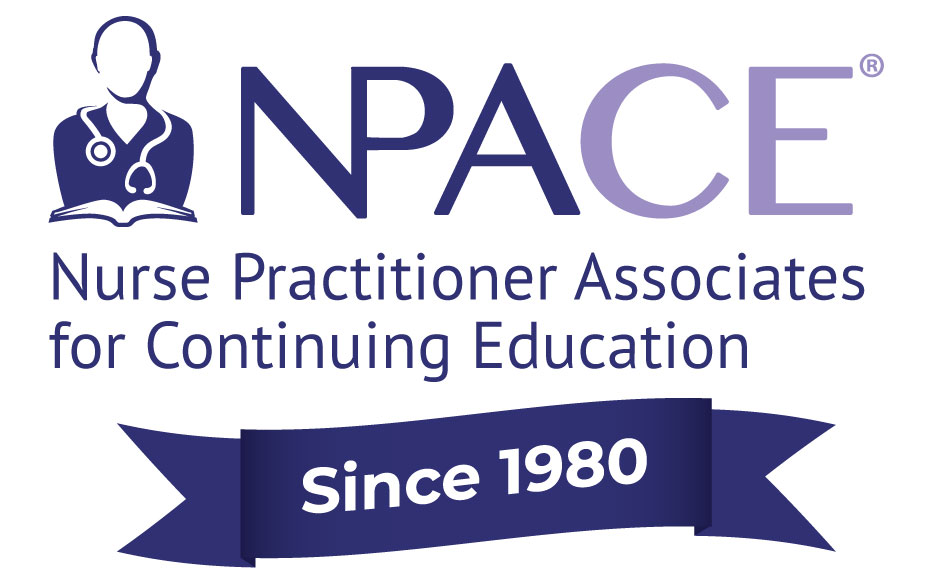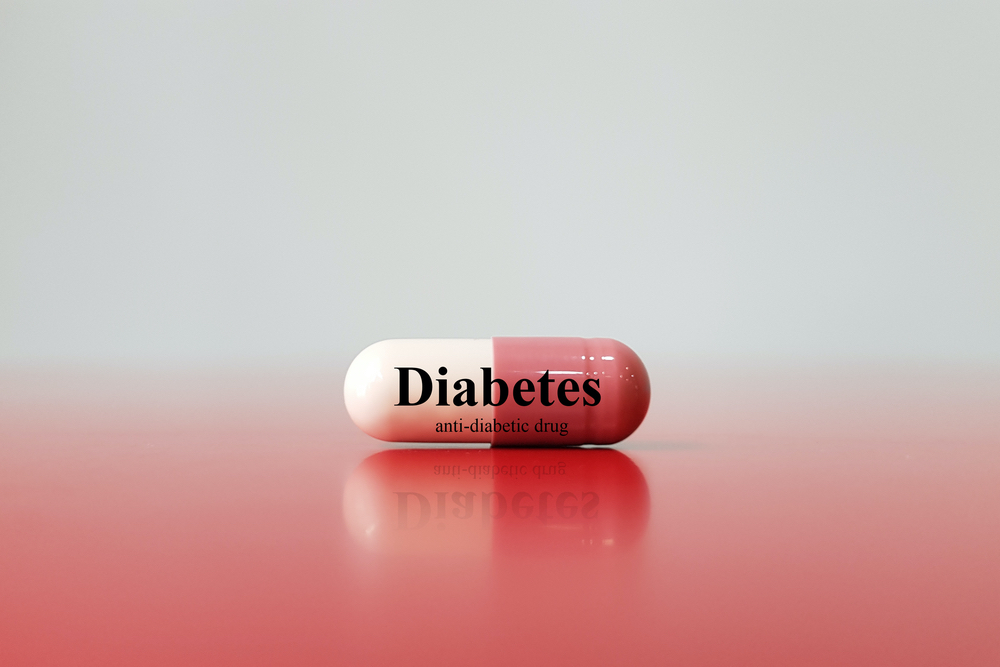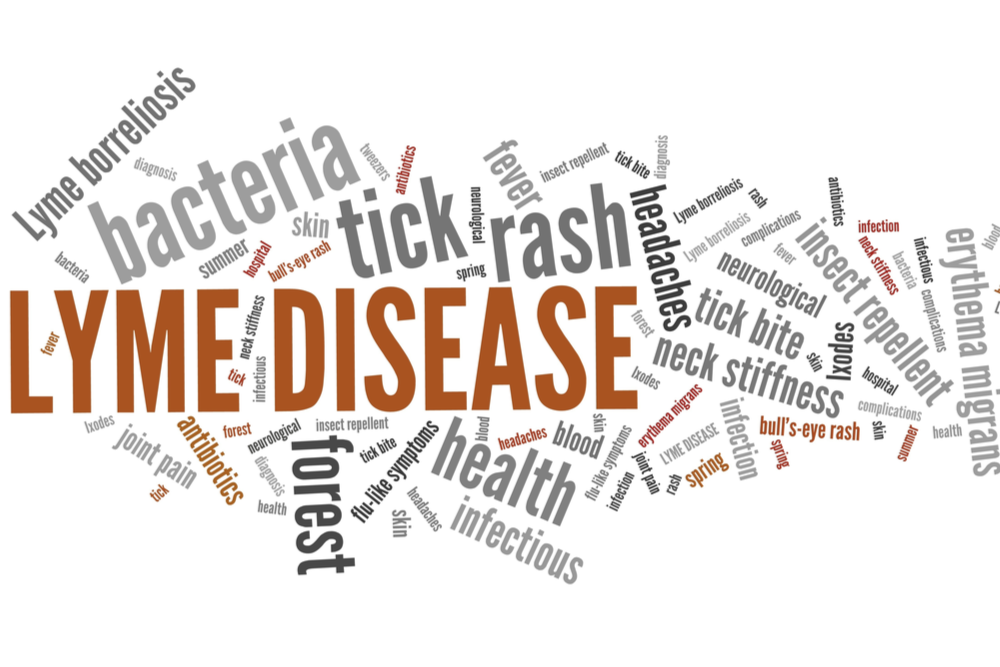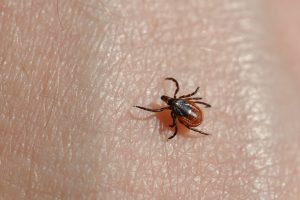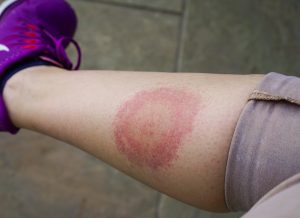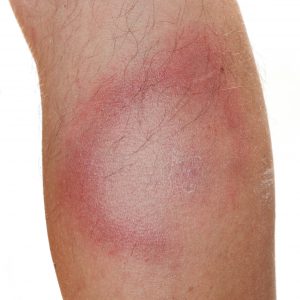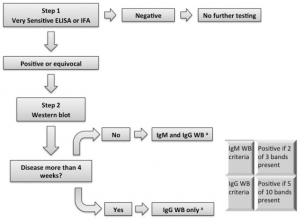Key Take-Aways:
- Research is ongoing and NPs will continue to need to be updated and monitoring results. For example, primary care providers should be looking for the results from the ACTIV4 COVID-19 outpatient thrombosis prevention trial.
- In hospitalized patients, benefit was found from several types of steroid treatments, but particularly Dexamethasone.
- Hospitalization and the need for oxygen are factors in guidelines for determining medication intervention.
NPACE Virtual Conference attendees were treated to an additional benefit from their September conference, an update on COVID-19 in a live up-to-date Q&A session with Dr. Sohera Syeda on October 29. Dr. Syeda is an Assistant Professor at Boston University School of Medicine’s Section of Pulmonary, Critical Care and a Lecturer of Medicine at Harvard Medical School. She is also a practicing physician with the VA Boston in both West Roxbury and Bedford, MA. She provided the keynote conference address in September on COVID-19.
Dr. Syeda’s dedication to NPACE and educating healthcare providers on the latest COVID-19 evidence was on full display in the 1-hour session, where she continued to emphasize the importance of understanding the epidemiology, current public health advisories, and driving factors behind the current state of COVID-19 infection in the US.
Dr. Syeda provided the most up-to-date treatment research for primary care practice application and answered questions on illness numbers in the US and how systemic health determinants affect health outcomes, and she emphasized needed public health messaging. Highlights from the session include the important benefits of dexamethasone, and other steroid therapies, in hospitalized patients and a review of the anti-viral Remdesivir overall trials and outcomes.
The presentation highlighted timely key information needed by practicing nurse practitioners. Dr. Syeda’s dynamic and concise presentation skills made for a must-see presentation for any NP.
For those who attended the conference, the session is available via the conference app until Dec 31st. It’s a ‘do not miss’ presentation that will help rapidly update nurse practitioners. Anyone interested who did not attend the conference may still do so. Register for on demand.
